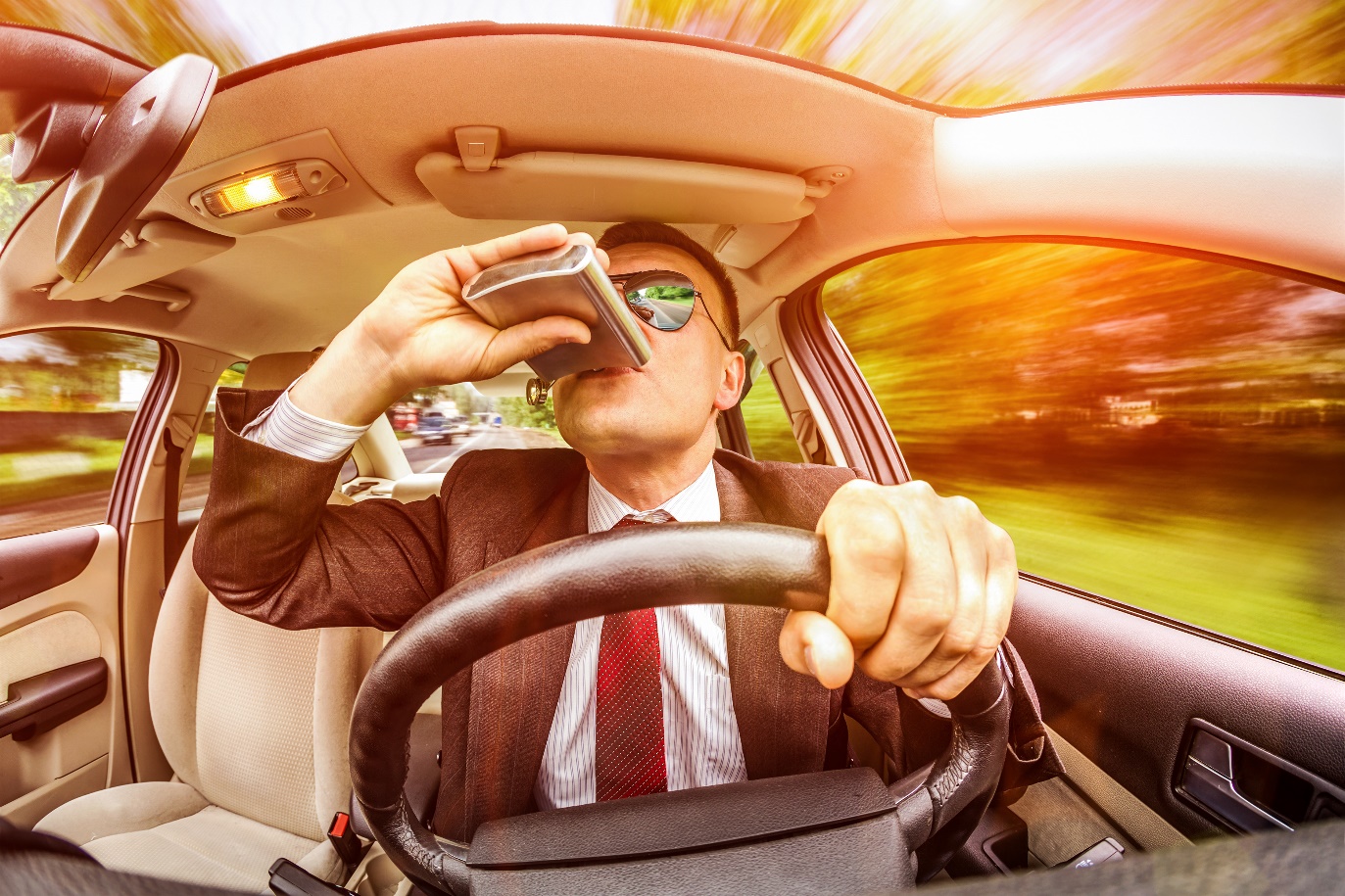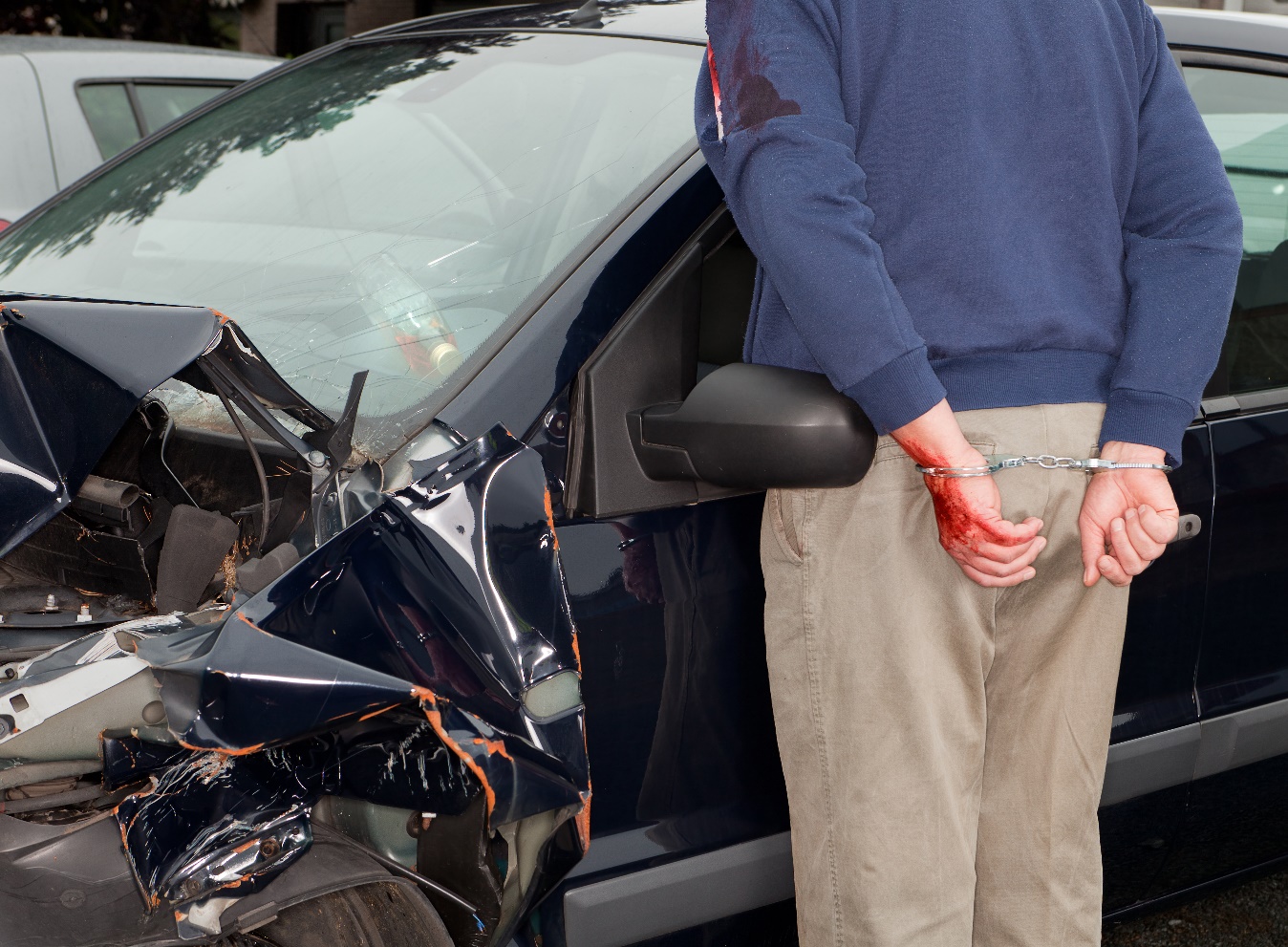We all know that drunk driving is against the law and punishable by a variety of civil and criminal penalties. For far too many people, however, all those public service announcements on TV and finger-wagging posters at the bus-stop are just background noise that we easily ignore. In practice, a lot of us are prone to making excuses for getting behind the wheel while under the influence. We’re not “really” drunk—just a little buzzed, maybe. Sometimes we may even tell ourselves that we drive more carefully when we’ve had a few drinks. These are common rationalizations, but that doesn’t make them acceptable.
Drunk driving is a social menace that should not be underestimated. This is as good a time as any to provide some hard facts and figures about drunk driving, as well as the current laws in Texas relating to this crime.
Some Alarming Statistics
Numbers don’t lie—driving while intoxicated (DWI) is a serious problem in America:
- In the year 2016, 10,497 people were killed in drunk driving accidents. Another 290,000 were injured.1
- 29% of all deaths related to traffic accidents can be attributed to alcohol impairment.2
- There are around 111 episodes of driving under the influence each year.3
- In the year 2015, close to 1.1 million people were arrested for DWI.4
- Non-alcoholic drugs are a factor in 16% of all auto accidents.5
- Approximately one-third of drivers who are arrested or convicted for DWI offenses are repeat offenders.6
- One-third of teenage drivers believe that marijuana improves their driving skills.7
- On average, a driver’s first arrest for DWI is preceded by more than eighty episodes of drunk driving.8
- Drunk driving episodes incur $132 billion in damages every year.9
- In Texas, deaths from drunk driving add up to nearly $5 billion in costs each year.10
- 13% of all night-time drivers on the weekend have marijuana in their system.11
- On Texas roads, someone is hurt or killed in a drunk driving accident every 20 minutes.12
It is beyond all dispute that drugs and/or alcohol impair driving skills roughly in proportion to the quantity in which they are present in the human body. A little alcohol results in only slight impairment that does not exceed legal parameters. A lot of alcohol renders an individual unsuited for driving altogether. That’s why every state in America—Texas included—has laws against drunk driving.
How Much Alcohol Is Acceptable?
As you probably know already, drunk driving laws in the United States are based on the metric of blood alcohol content (BAC). This can be defined as the percentage of ethanol (ethyl alcohol) in the bloodstream of an individual at any given time. Driving a vehicle with a BAC at or above the maximum level designated by law for the circumstances in question is illegal.
In the state of Texas, as in all other states, the legal BAC level is under 0.08% for general driving circumstances. A BAC of 0.08% is achieved from imbibing approximately four standard alcoholic drinks for individuals of average height/weight, for men, and three drinks for women – although it may be as few as one alcoholic drink for those of lower body mass index. At this level of intoxication, people usually experience a number of effects that tend to erode their driving skills: poor physical coordination, sluggish reaction time, and difficulty concentrating. Even if an individual displays no such impairment, it is still illegal for them to operate a vehicle if their BAC is at or above 0.08%. “But I don’t feel drunk” is not an acceptable defense.
There are certain situations where a driver’s maximum permissible BAC under Texas law is significantly below 0.08%:
- Drivers of commercial vehicles cannot have a BAC level of 04% or higher.
- Drivers under the age of 21 cannot have any detectable amount of alcohol in their systems. Because Texas law permits minors a limited right to consume alcohol (e.g., when in the presence of a supervising guardian), some people are unaware the state enforces zero tolerance for under-21 persons when it comes to driving under the influence.
It is also illegal to drive with an open container of alcohol in the vehicle—regardless of whether the driver has actually drunk from it. Even the passenger of the vehicle is barred from having an open container.
Now let’s look at the penalties the State of Texas imposes on drunk drivers.
Penalties for Drunk Driving in Texas
So, what happens to someone who gets pulled over on suspicion of driving while intoxicated in the state of Texas? They are expected to consent to a blood or breath test to detect the presence of drugs or alcohol. Refusal to go along with this results in an automatic suspension of their driver’s license for 180 days.
If the driver is found to be under the influence, they are subject to legal penalties dependent on a range of factors, such as prior DUI offenses.
DWI IN TEXAS 1ST OFFENSE
If the driver has never been convicted of a DWI before, then they are subject to legal penalties as follows:
- Jail sentence of 3-180 days
- A fine up to $2,000
- A yearly fee of $1,000 or $2,000, payable for three years, to keep driver’s license
- Loss of driver’s license for a period up to a year13
DWI IN TEXAS 2nd OFFENSE
- Jail sentence of one month to one year
- A fine up to $4,000
- A yearly fee of $1,000, $1,500, or $2,000, payable for three years, to keep driver’s license
- Loss of driver’s license for a period up to two years14
In addition, persons who have been convicted of DWI twice in a five-year period are required to install an ignition switch in their vehicle to prevent it from starting if the driver is under the influence.15
DWI IN TEXAS 3rd OFFENSE
- Prison sentence of 2-10 years
- A fine of $10,000
- A yearly fee of $1,000, $1,500, or $2,000, payable for three years, to keep driver’s license
- Loss of driver’s license for a period up to two years16
DWI IN TEXAS WITH A PASSENGER UNDER 15
If the driver is guilty of a DWI while one or more passengers under the age of 15 are in the vehicle, then child endangerment penalties will apply. These are as follows:
- Jail sentence up to two years
- A fine up to $10,000
- Loss of driver’s license for 180 days17
DWI IN TEXAS FOR MINORS
Drivers under the age of 21 can be convicted of driving under the influence if they have any detectable amount of intoxicants in their system. For a first offense, a driver age 17-20 faces the following penalties:
- Jail sentence of 72 hours to 180 days
- A fine up to $2,000
- Loss of driver’s license for one year (can be reduced to 90 days)18
Additional offenses incur more stringent penalties.
ADDITIONAL CIRCUMSTANCES
A DWI involving an open container of alcohol incurs a minimum jail sentence of six days.19
A driver of a commercial motor vehicle (CMV) who has been found to have a BAC of at least 0.04% will be disqualified from operating a vehicle of this nature for one year (first offense).20
Most of the penalties listed on this page refer to cases where a driver has been found to have a BAC of 0.08% or more and was not involved in an incident where another party was injured. If the driver harmed or killed another person due to operating a vehicle while intoxicated, or if they have a BAC of 0.15% or more at the time of testing, then heightened penalties will apply, which may include huge fines and lengthy prison sentences.
Injured by a Drunk Driver? Contact Our Houston, TX Vehicle Accident Law Firm Today!
If you’ve been seriously injured due to the recklessness of a drunk driver, you can contact a car accident lawyer at Schechter, McElwee, Shaffer & Harris, L.L.P., for a free, no-obligation, confidential consultation. Our team of car crash lawyers has years of experience with helping victims of drunk driving accidents in Houston, Texas and neighboring communities. You pay nothing unless you win!
Sources
- https://www.madd.org/statistics/
- https://www.cdc.gov/motorvehiclesafety/impaired_driving/impaired-drv_factsheet.html
- https://www.cdc.gov/motorvehiclesafety/impaired_driving/impaired-drv_factsheet.html
- https://www.cdc.gov/motorvehiclesafety/impaired_driving/impaired-drv_factsheet.html
- https://www.cdc.gov/motorvehiclesafety/impaired_driving/impaired-drv_factsheet.html
- https://www.madd.org/statistics/
- https://www.madd.org/statistics/
- https://www.madd.org/statistics/
- https://www.madd.org/statistics/
- https://www.cdc.gov/motorvehiclesafety/pdf/statecosts/tx-2015costofcrashdeaths-a.pdf
https://www.cdc.gov/motorvehiclesafety/impaired_driving/impaired-drv_factsheet.html

 Over 300 Google 5 Star Reviews
Over 300 Google 5 Star Reviews









Leave a Reply